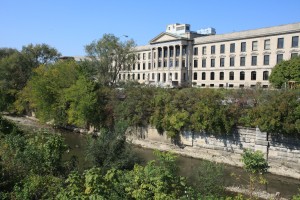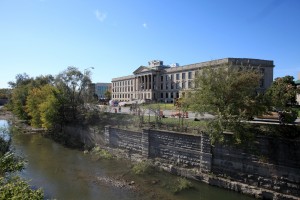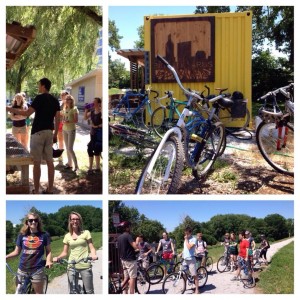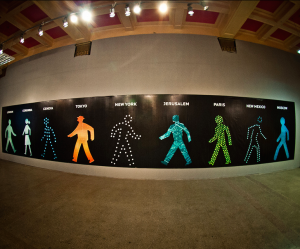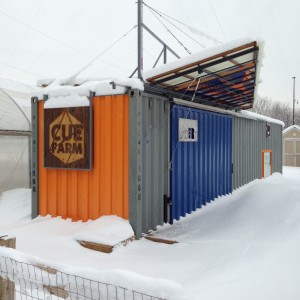by Kelly Harris
Little green men are not invading Indy, but a more covert green invader has infiltrated the city… Lonicera maacckii. With a name like that it might as well be from another planet. Lonicera maacckii is the scientific name, but it’s also known as Amur or bush honeysuckle. Yes, honeysuckle, the sweet-smelling flowering bush has invaded Indy and many other cities across the eastern United States.
But this invasion shouldn’t be taken lightly. This aggressive, exotic plant causes ecological, economic and social impacts to the area it inhabits.
Bush honeysuckle is an exotic species because it’s native to central and northeastern China. It was first brought to the United States by a horticulturalist in 1896 and quickly became a popular ornamental plant due to its high flower and fruit production.
The eastern U.S. and China have a similar climate, which has enabled bush honeysuckle to naturalize (i.e., successfully reproduce in the wild of its non-native range) and spread. While the U.S. has the climate to allow bush honeysuckle to thrive, it does not have the same pest, diseases or predators to keep honeysuckle in check, thus, it has become invasive. Bush honeysuckle is especially pervasive in cities like Indianapolis for the bush honeysuckle prefers edge and disturbed habitats; this makes urban areas an ideal habitat.
Like many other invasive species, bush honeysuckle significantly impairs the health and integrity of the ecosystem it invades. In disturbed forest such as a floodplain or urban woodlot, bush honeysuckle will take over the understory by displacing the native shrubs, saplings and seedlings. It out-competes native plants because it leafs out earlier in the spring and retains them long in the fall. Bush honeysuckle also reduces the trees’ productivity and ability to regenerate by inhibiting seedling growth.
In addition, bush honeysuckle impacts wildlife by reducing the variety and quality habitat and food. Bush honeysuckle does produces an abundance of berries in autumn, but they are a poor food source for wildlife such as birds because they are high in carbohydrates but low in fat thus not providing the high-energy food source birds need to prepare for migration. This would be like eating a bunch of chips before you run a marathon!
In Indianapolis, bush honeysuckle is pervasive, especially along our waterways. It acts as a green wall usually hiding the waterway completely from view. In fall of 2012, this issue was put in the spotlight when the Reconnecting to Our Waterways initiative (in conjunction with Lilly Day of Service) executed a large-scale honeysuckle removal along Fall Creek.
The transformation was incredible. Not only did it improve the ecology of the area, but it also improved the aesthetics, provided an educational opportunity, connected people to the area and make them feel safer too.
Since then I have seen honeysuckle removal become top priority for communities and it has become something for people to rally around.
Kelly Harris, MSES/ MPA, is an Americorps SPEA-VISTA Fellow at the Center for Urban Ecology.

